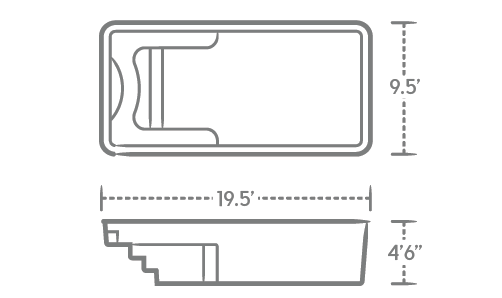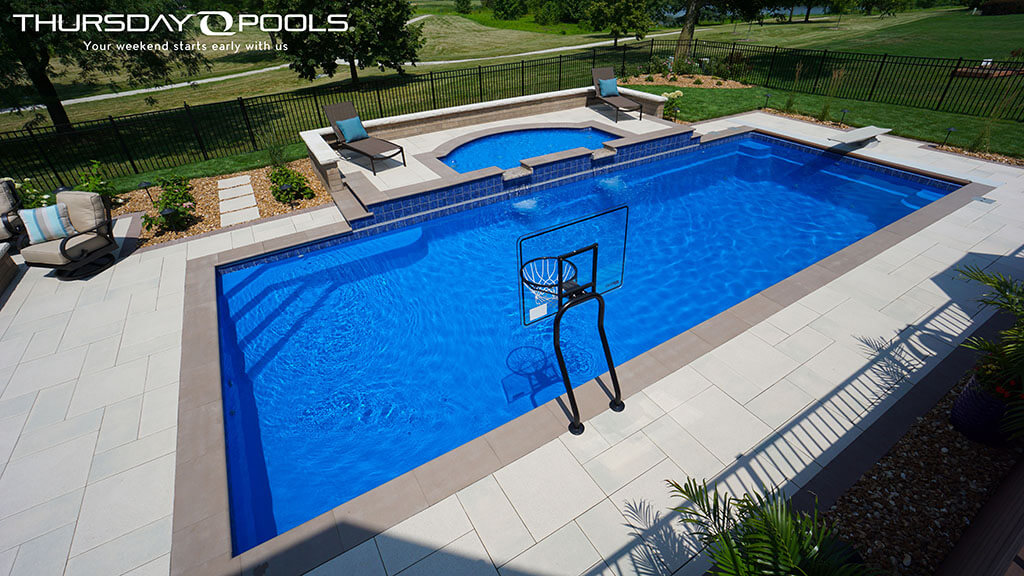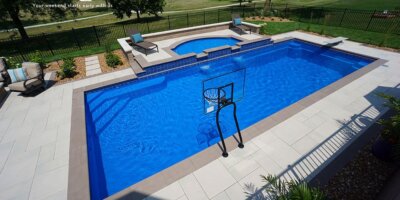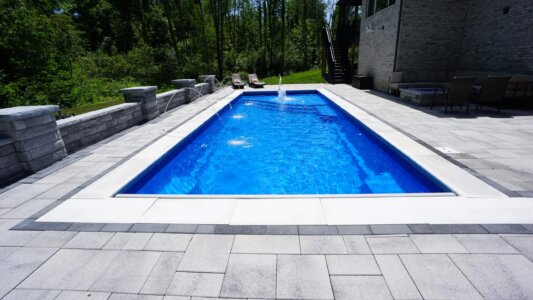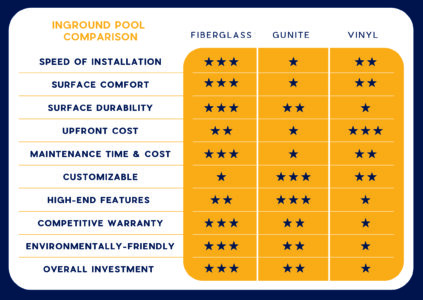Thursday Pools would like to thank you for choosing a Thursday fiberglass swimming pool. We are honored to be a small part of the memories you will have in and around your new fiberglass pool for many years to come.
Please follow these next steps to complete your warranty registration.
1) Read Acknowledgement and Agreement
2) Read Warranty and Safety Documentation
3) Submit the Form
1) Read Acknowledgement and Agreement
To ensure you understand the relationship between the manufacturer and the installer and the proper care and safe use of your new pool, please take a few minutes to review the information carefully and complete the form below. Completing the form below will ensure your order is processed by the dealer without any delay and allow for an efficient response to any warranty issues you may have in the future. Your pool shell warranty will not begin until the day the pool is installed.
ACKNOWLEDGEMENT AND AGREEMENT OF THE LIMITED ROLE OF
THURSDAY POOLS, LLC AND RIVER POOLS FRANCHISING, LLC
The dealer’s customer listed below acknowledges and agrees as follows:
Thursday Pools, LLC (“Thursday”) manufactures pool shells for the brands Thursday Pools® and
River Pools® and sells those pool shells to independently owned and operated franchisees and dealers
(collectively referred to herein as “Installers”). Thursday does not install pool shells and is not involved in
Installers’ pool installations.
River Pools Franchising, LLC (“Franchising”) provides independently owned and operated
River Pools franchisees with the right to market the River Pools brand of pool shells as a franchisee.
Franchising does not manufacture pool shells. Franchising does not install pools shells and is not involved
in Installer pool installations.
Installers enter into contracts with customers to install pool shells, and Installers purchase pool
shells from Thursday. Neither Thursday nor Franchising is a party to the Installer’s contract with the
customer, and Installers are not agents of either Thursday or Franchising for any purpose. Customer
acknowledges that it is contracting only with Installers and, other than the warranty on the pool shell, its
sole recourse is against Installers. Customer further acknowledges and agrees that Installer is not an agent,
express or implied, of either Thursday or Franchising and Installer has no authority to act on behalf of
Thursday or Franchising. Thursday is only a supplier of a pool shell to the Installers. Neither Thursday
nor Franchising is a guarantor of Installer’s performance or an endorser of Installer’s services, and neither
Thursday or Franchising is responsible for Installer’s installation or other contract performance.
Installers place orders for pool shells with Thursday, and Thursday makes the pool shells
available for pickup by Installer’s carrier at the time prescribed by Thursday and upon full payment by
Installer for the pool shell. Installers then make arrangements for transporting the pool shell. Customer
acknowledges that Thursday’s obligations to customer are limited to the warranty on the pool shell, and
customer further acknowledges that Franchising has no obligations to customer.
Customer’s acknowledgement and acceptance of these terms are a condition precedent to
customer’s contract with Installers to install a Thursday Pools or River Pools branded pool shell, and to
Thursday’s obligation to sell a pool shell to Installers. These terms are not and may not be changed by any
written or verbal statements or marketing materials and may be changed only by a writing signed by the
chief executive officer of Thursday and Franchising.
Customer acknowledges that customer has read and understands these terms and conditions; and
that customer has consulted, or been provided an opportunity to consult, with legal counsel of customer’s
choosing before signing below. If customer has any questions regarding the foregoing, please contact
Thursday at 877-929-7665 ext. 0, or sales@thursdaypools.com.
2) Read the Warranty and Safety Documentation
Below are important documents regarding the care and use of your new fiberglass swimming pool. Please download them and keep them for your records.
- Standard Transferable Fiberglass Pool Warranty
- Thursday Pools Owner’s Manual
- Fiberglass Pool Care Guide
- PHTA – Children Aren’t Waterproof
- PHTA – Layers of Protection Start with You
- PHTA – Entrap Avoidance Guidelines
- PHTA – The Sensible Way To Enjoy Your Inground Swimming Pool
- PHTA – Pool and Spa Emergency Procedures
- Acknowledgment and Agreement Document
*Upon completion of this registration, you will receive an email with all of these documents.
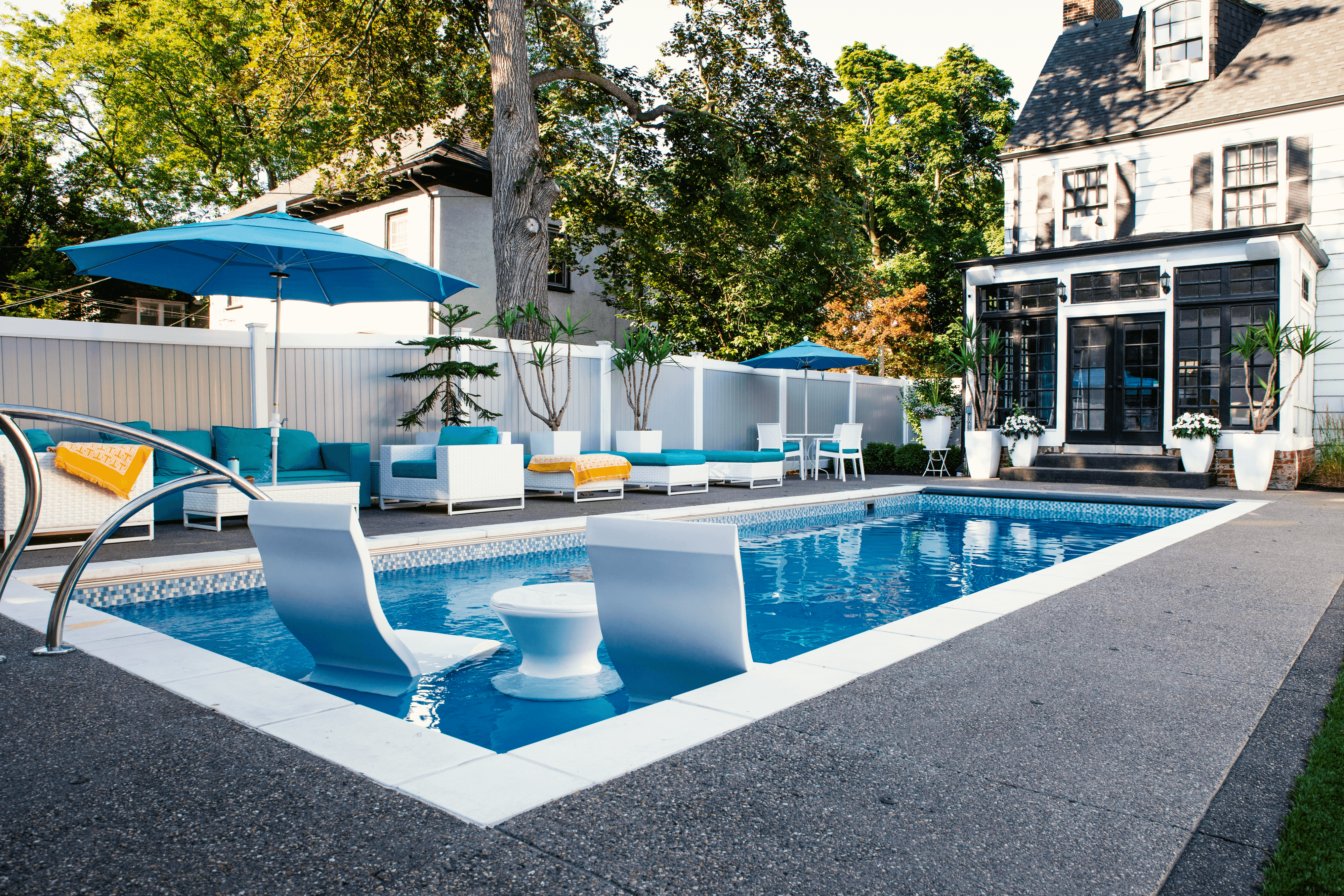


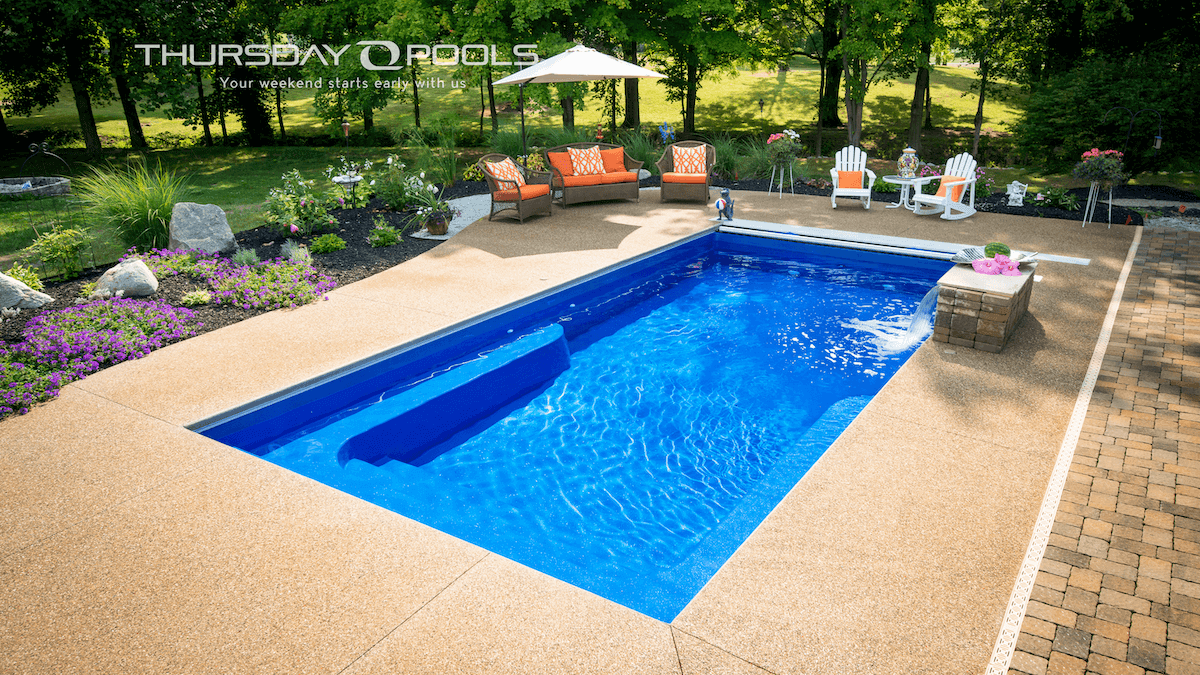
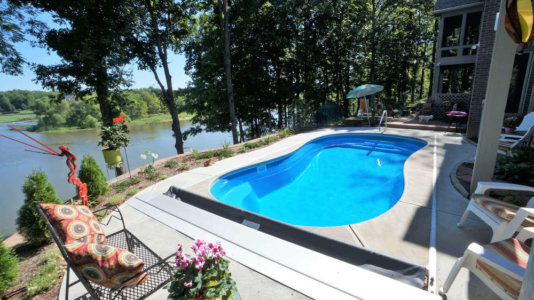 Is a Small Pool Worth It?
Is a Small Pool Worth It?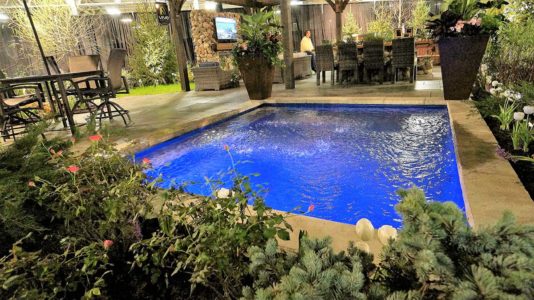
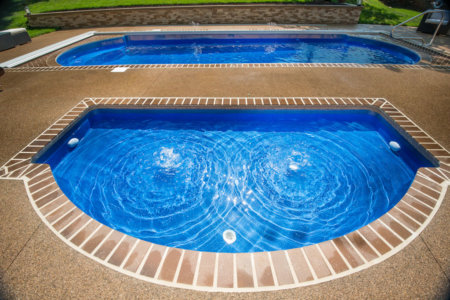

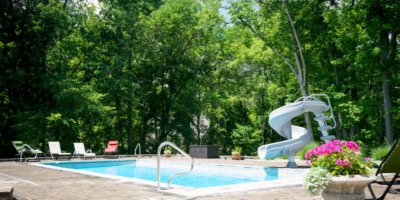 The Goliath is big on style and functionality. Offering the best of both worlds, Goliath provides plenty of room for entertaining and swimming.
The Goliath is big on style and functionality. Offering the best of both worlds, Goliath provides plenty of room for entertaining and swimming.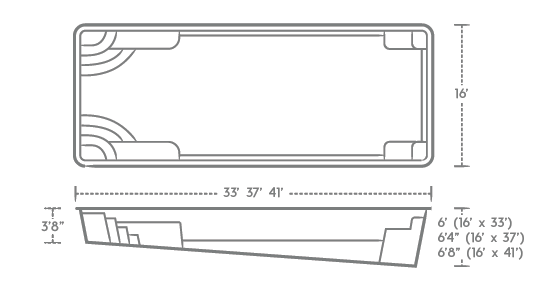
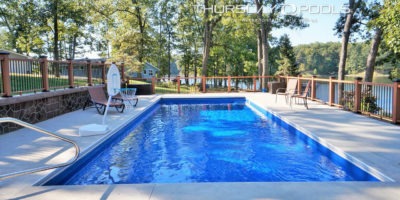 Monolith is the only Type One diving pool design in Thursday Pools’ collection and is suited for pool owners looking to take a plunge, float and relax.
Monolith is the only Type One diving pool design in Thursday Pools’ collection and is suited for pool owners looking to take a plunge, float and relax. 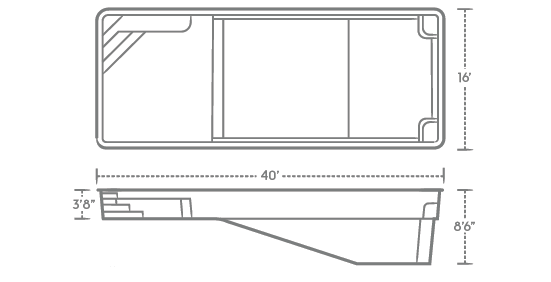
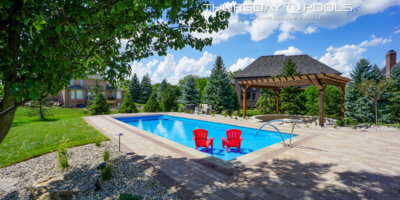 The Aspen is a best-seller with
The Aspen is a best-seller with 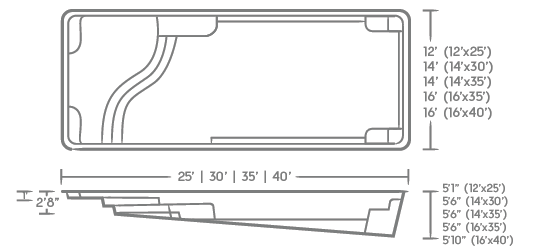
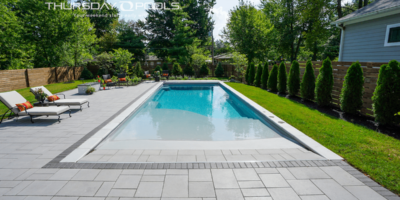 Thursday Pools’ beach entries (Patent US 10,472,839) are
Thursday Pools’ beach entries (Patent US 10,472,839) are 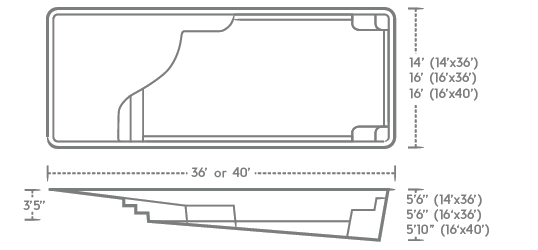
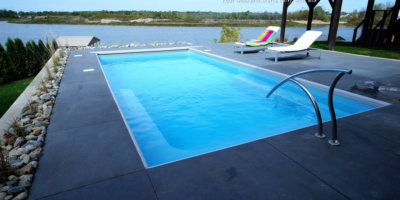 Lil Bob is perfect for games and the swimmers who are content to watch the action from the wet sideline. A standing depth, flat bottom design with two 12-foot-long benches helps Lil Bob keep things sporty and social.
Lil Bob is perfect for games and the swimmers who are content to watch the action from the wet sideline. A standing depth, flat bottom design with two 12-foot-long benches helps Lil Bob keep things sporty and social.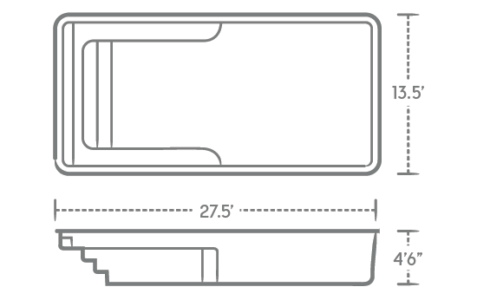
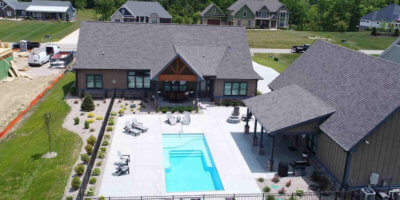 Lil Bob LX is an extended version of Lil Bob, designed to include a tanning ledge and wading area with integrated bench seating. Everyone can find a favorite spot in Lil Bob LX.
Lil Bob LX is an extended version of Lil Bob, designed to include a tanning ledge and wading area with integrated bench seating. Everyone can find a favorite spot in Lil Bob LX.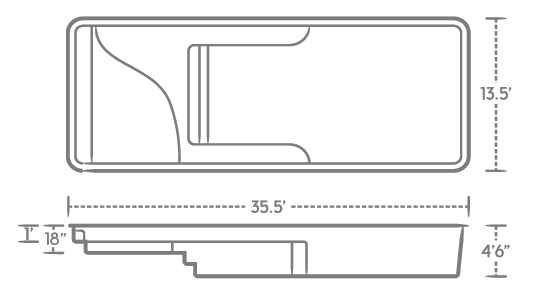
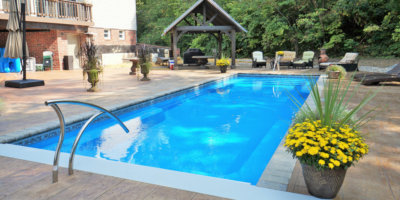 Spirit appeals to social butterflies, swimmers of all ages, and water activity lovers.
Spirit appeals to social butterflies, swimmers of all ages, and water activity lovers.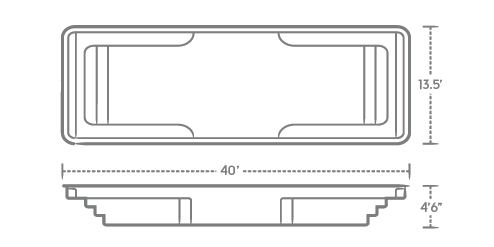
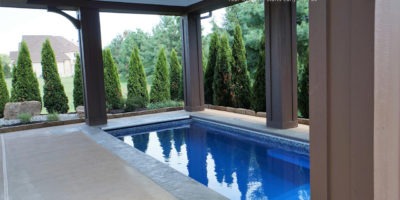 While it is a smaller pool, Sea Turtle is still big fun. Perfect for smaller yards, Sea Turtle gives you swim and play space and can accommodate therapy jets.
While it is a smaller pool, Sea Turtle is still big fun. Perfect for smaller yards, Sea Turtle gives you swim and play space and can accommodate therapy jets.